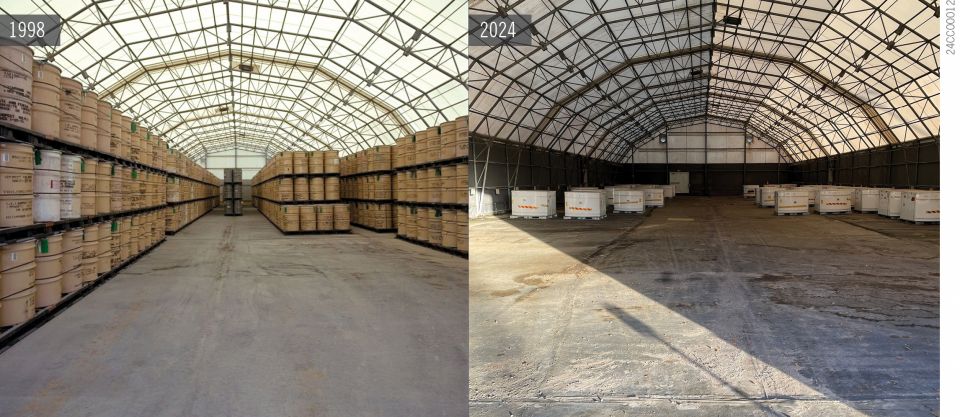With demand for nuclear energy on the rise, is the Civil Nuclear Credits (CNC) Program—which was authorized nearly three years ago through the Bipartisan Infrastructure Law with $6 billion to help preserve the existing U.S. nuclear reactor fleet—still relevant? Are there eligible reactors at economic risk of closure, and are their owners and operators interested in what the CNC can offer? That’s what the DOE hopes to find out through a request for information (RFI) issued in late September.
The ask: The DOE is prepared to make up to $980 million available for CNC Cycle 3, subject to interest from qualified candidates and availability of funds. Maria Robinson, director of the DOE’s Grid Deployment Office (GDO), said, “We are leveraging all available resources to support the continued operations of nuclear reactors to ensure the availability of clean electricity that reduces the nation’s reliance on fossil energy and preserves thousands of good-paying jobs.”
Through the RFI released September 27 by DOE-GDO, the DOE “is seeking feedback from stakeholders about the impacts of recent changes to the nuclear energy landscape and to gauge interest from nuclear plant owners and operators for a third CNC award cycle.” Feedback is particularly relevant for Cycle 3, because the DOE received no qualified applications for credits for Cycle 2. Potential applicants have until October 28 to submit a nonbinding letter of interest.
Less or more? The CNC Program has already been downsized. The Consolidated Appropriations Act of 2024, signed into law in March, stripped up to $3.72 billion from the CNC Program to support other DOE nuclear energy priorities. That includes $900 million to support milestone-based SMR funding that opened to applicants October 16, and $2.72 billion for the U.S. uranium strategy priorities defined in the Nuclear Fuel Security Act of 2023 (four companies announced October 17 will split up to $2.7 billion over a 10-year project term under future HALEU enrichment contracts).
While the CNC Program has less to offer, the nuclear operators that it was intended to help may have found the help they need in the more straightforward clean energy production tax credits (PTCs) offered in the Inflation Reduction Act.
Eligible reactor operators don’t necessarily need to choose one or the other. According to a set of CNC FAQs, “DOE expects that some reactors may be eligible for both the PTC under Section 45U of the Inflation Reduction Act and credits under the CNC Program. The PTC is available to nuclear power reactors for electricity generated from nuclear energy beginning in 2024 through 2032. DOE’s interpretation of the PTC, subject to final review by Treasury, is that CNC meets the requirements for exclusion under 45U(b)(2)(B)(iii).”
Re-Cycling: CNC Cycle 1 awards were limited to owners or operators of nuclear power reactors that had announced intentions to retire within the four-year award period. Pacific Gas and Electric’s two-unit Diablo Canyon plant near Avila Beach, Calif., scheduled to cease all operations in 2025, was provisionally awarded Cycle 1 credits in November 2022, but it wasn’t until January 17 of this year that the DOE announced the formal signing of a Cycle 1 credit award and payment agreement. The final credits arranged for Diablo Canyon to come to a maximum of precisely $1,100,520,444.
CNC Cycle 2 was open to owners or operators of nuclear reactors that were at risk of closure by the end of a four-year award period, including reactors that ceased operations after November 15, 2021. However, “After a thorough review of application(s), DOE determined that no applicant met the [Cycle 2] criteria outlined in the guidance released on March 2, 2023.”







